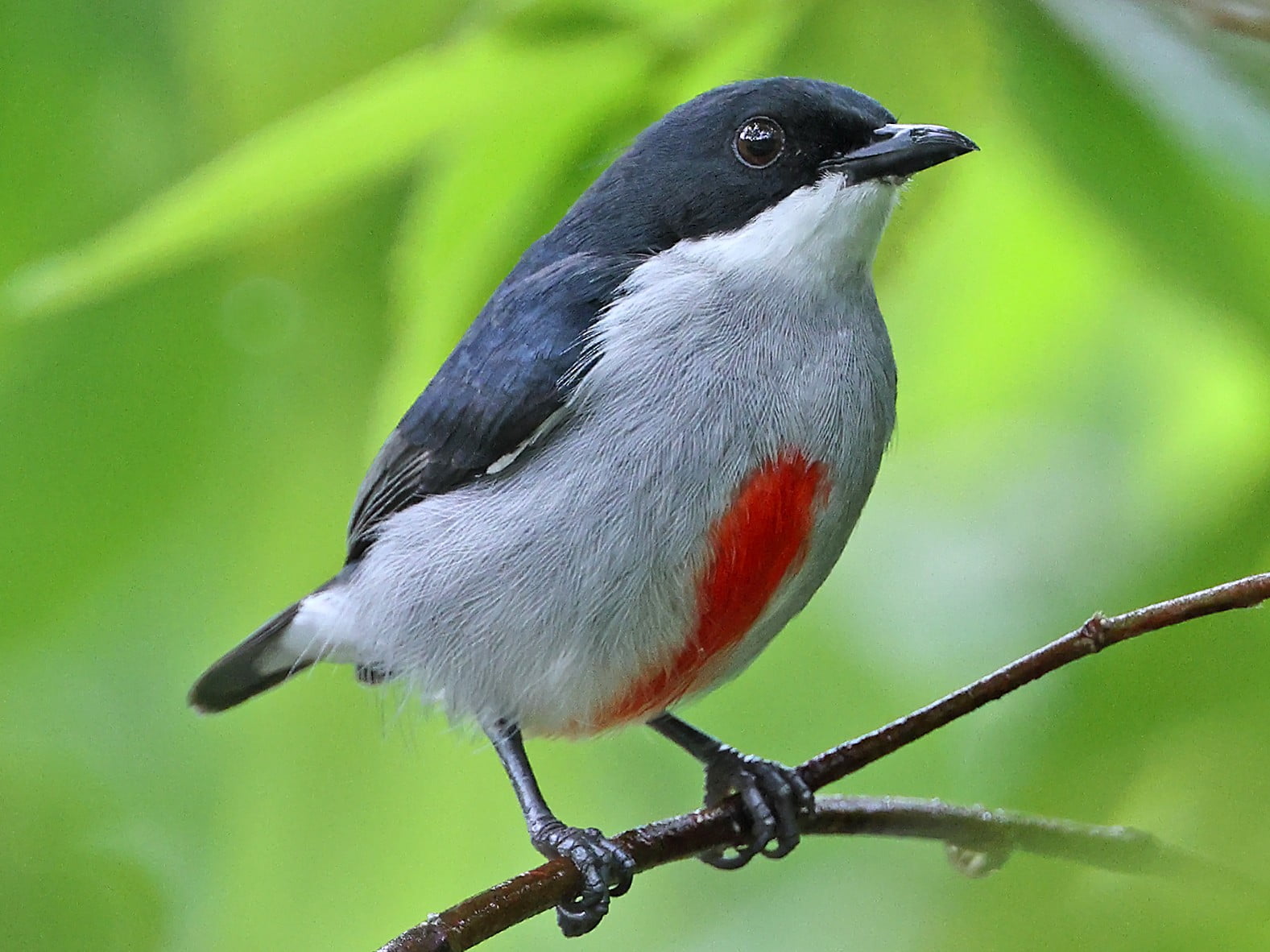The Cebu Flowerpecker is a small, brightly colored bird that can be found in the Philippines. It has a distinctive orange head and breast, with a white belly and green wings. The bird is known for its beautiful plumage and its sweet, melodic song.

The Cebu Flowerpecker is a resident of the island of Cebu, which is located in the central Philippines. It can be found in a variety of habitats, including lowland forests, secondary forests, and mangroves. It is a very active bird and can often be seen flitting through the trees, searching for food.
This bird is a nectar feeder, which means it eats the sweet liquid that is produced by flowers. It can often be seen perched on the branches of trees, sipping nectar from the flowers. The bird also eats insects, which it finds by foraging among the leaves and branches of trees.
The Cebu Flowerpecker is an important pollinator in its native habitat. As it feeds on the nectar of flowers, it helps to spread pollen from one flower to another. This helps the plants to reproduce and ensures that there will be enough flowers for the bird to feed on in the future.
It is a small bird, measuring only about 4 inches in length. It is also a very colorful bird, with its bright orange head and breast, white belly and green wings. The bird’s plumage is beautiful, and it is often admired by birdwatchers and nature enthusiasts.
The Cebu Flowerpecker is also known for its sweet, melodic song. The bird’s song is often described as a series of high-pitched, clear notes that are very pleasant to listen to. The bird’s song can often be heard in the morning and evening, when the bird is most active.
It is considered to be a vulnerable species due to habitat loss and destruction. As more and more forests are being cleared for agriculture and development, the bird’s natural habitat is being destroyed. This is making it difficult for the bird to find food and a place to live.
In conclusion, the Cebu Flowerpecker is a small, brightly colored bird that can be found in the Philippines. It is known for its beautiful plumage and its sweet, melodic song. It is also an important pollinator and helps to spread pollen from one flower to another. However, the bird is vulnerable due to habitat loss, and we should all make an effort to protect and preserve its natural habitat.
